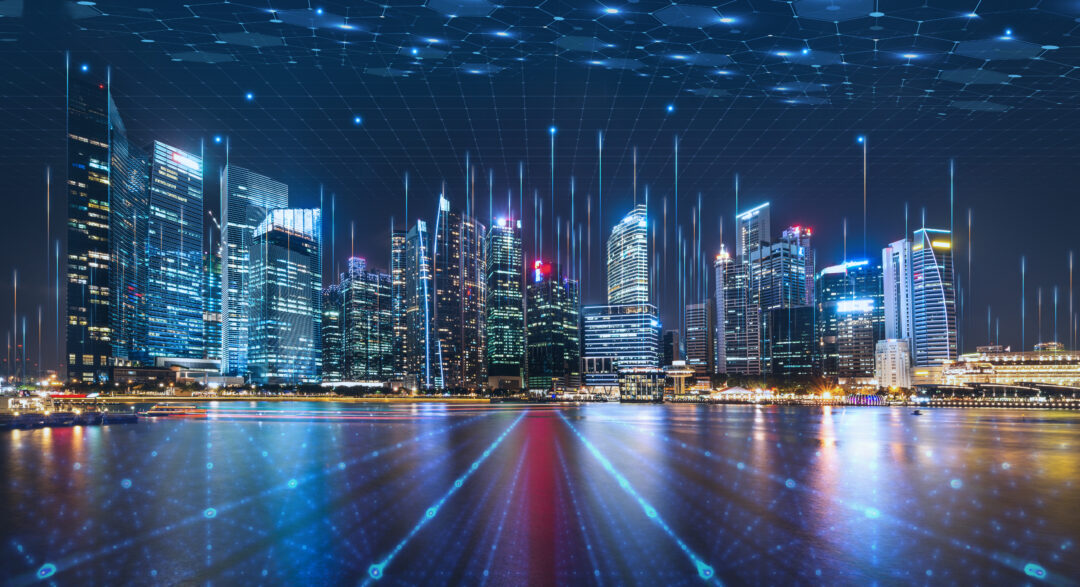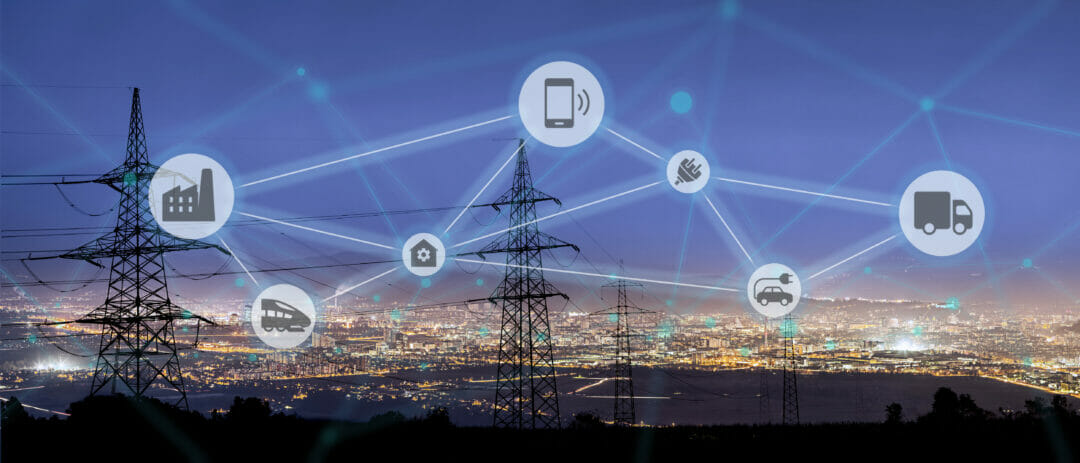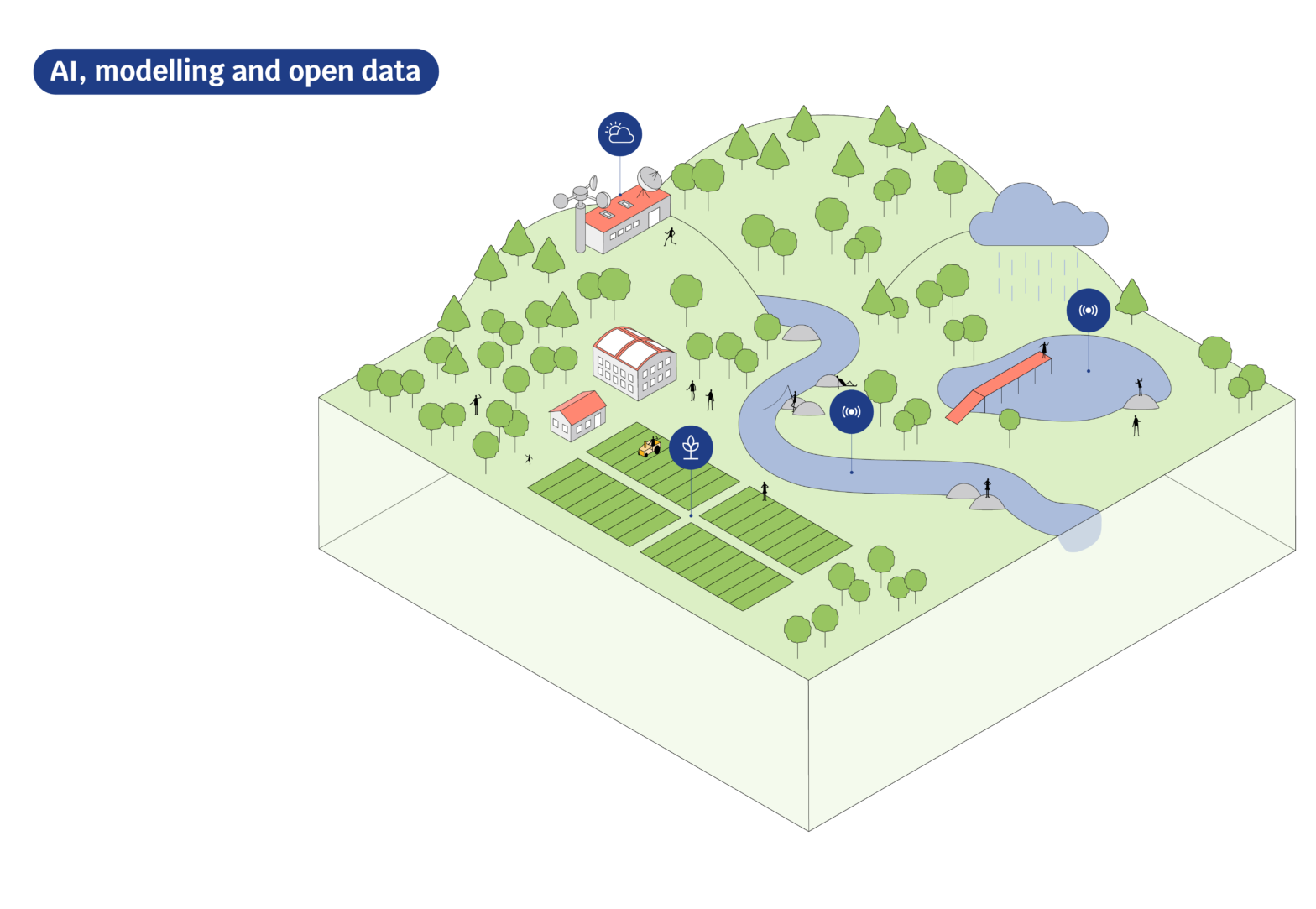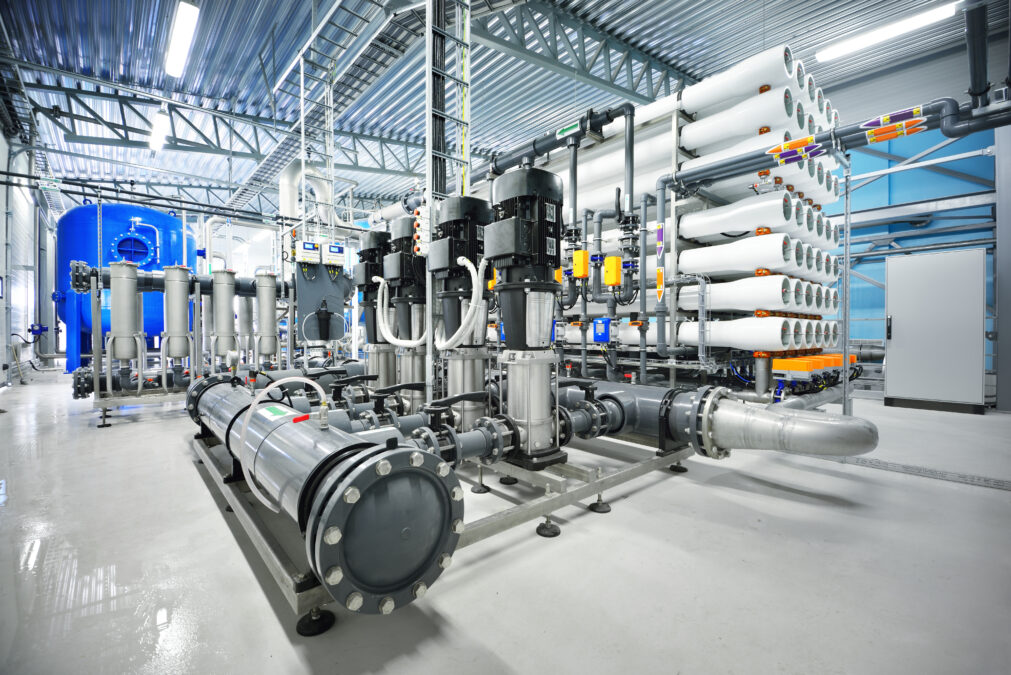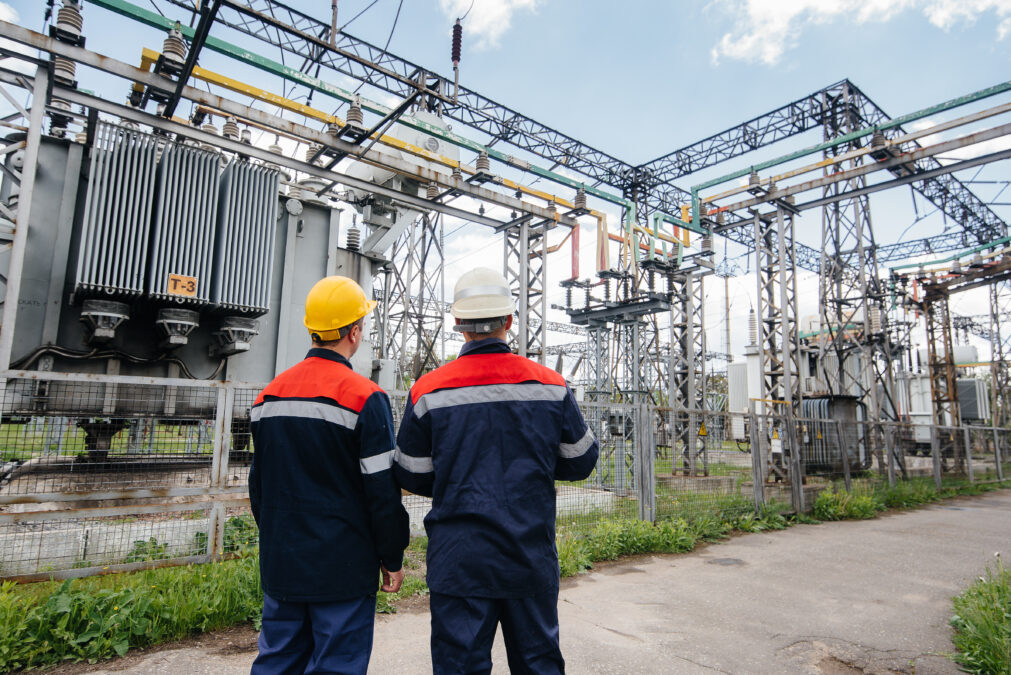By 2050, an additional 2.5 billion people are expected to reside in urban areas, the United Nations Department of Economic and Social Affairs estimates. In other words, nearly 70 per cent of the world’s population will live in cities within just 30 years.
But with growth comes complexity and resource challenges. Cities presently consume about 75 per cent of the world’s primary energy, UN data shows. They release 70 per cent of global greenhouse gas emissions, largely from carbon-intensive construction and transportation. Moreover, urban dwellers are particularly vulnerable to the effects of climate change. Rising sea levels, hurricanes, droughts and other extreme weather events will continue to affect hundreds of millions of city residents.
Last year, the UN warned that climate change has now overtaken disease as the biggest urban health threat, and could lead to consequences such as extreme poverty, a collapse of governance and financial resources, and reduced credibility of the global multilateral system. How civic authorities respond will be critical to limiting global warming.
What are smart cities?
As populations grow and the focus on sustainability increases, many civic authorities are using intelligent, data-led tools to create an ecosystem that minimises energy consumption and improves efficiency. Urban leaders are turning to data-driven smart city models to promote a more liveable environment for residents.
Cities are considered smart when they integrate information and communication technology (ICT) into administrative functions to enhance efficiency, interaction with stakeholders while improving viability and wellbeing for citizens.
Advanced industrial software can now collate, visualise and analyse data from a wide range of civic services. With a holistic view, teams can spot trends and predict operational challenges, while improving situational awareness and crisis responses.
How civic planners are tackling urban problems
For the following four cities, the benefits of implementing smart technologies are already apparent.
#1 – Barcelona, Spain
A central nervous system to enhance resource management in real-time: With advanced digital systems, utilities can collate and analyse operational data in real time. In the process, they become more efficient and innovative, and customer service improves.
It’s something Barcelona in Spain has first-hand knowledge of. A centrally coordinated control platform functions like a central nervous system, transmitting and receiving information from a network of sensors across the city. Using tablets and smartphones, planners can monitor and optimise urban operations in real time. Park irrigation, for example, can be remotely turned off as weather conditions change. Resource management is now much more efficient, and liveability has improved—while Barcelona maintains its status as a sustainable smart city.
#2 – Pimpri Chinchwad, India
Data analytics to reduce energy consumption across municipal infrastructure: Energy usage remains a challenge for cities, but it can be optimised across urban facilities with real-time monitoring and the use of data analytics infused with AI.
Pimpri Chinchwad Municipal Corporation (PCMC), in the Indian state of Maharashtra, aims to become India’s most liveable city by 2030 and serve as a lighthouse for the country’s $13billion Smart Cities mission. Using a data-driven approach to service delivery, PCMC has enhanced the safety and wellbeing of its two million residents. Smart metering has seen energy usage and emissions drop by 15-20 per cent. At the same time, syncing traffic lights has reduced intracity congestion by 20-25 per cent, cutting pollution and accelerating traffic circulation.
#3 – Seattle, USA
Renewable energy technologies for better living conditions: With climate change now an urgent priority, smart cities are using digital systems to accelerate the adoption of clean energy and facilitate the transition towards a more sustainable and resilient future.
Seattle, Washington, is one of the US’ most environmentally aware cities. Its City Light utility has been carbon neutral for nearly two decades now, thanks to a power mix that is largely hydroelectric (84 per cent), alongside other clean energy sources, including nuclear, wind and biogas. To ensure its energy infrastructure remains resilient and secure, the utility is now exploring grid modernisation, recently initiating construction on a solar microgrid demonstration project in the Capitol Hill neighbourhood. The continued transition to lower-carbon sources of energy will see Seattle’s residents benefit in terms of improved air quality, energy efficiency and quality of life.
#4 – Seoul, South Korea
Predicting transport patterns to enhance resilience: Transport comprises the largest share of energy-related emissions for nearly half (45 per cent) of the world’s countries, according to the UN. But convincing urban residents to switch to public transport requires an extensive network that is safe, widely accessible and runs on time.
Seoul, South Korea, has the world’s longest metro system, transporting 2.6 billion passengers annually. To enhance its services, the city is moving from time-based maintenance, where assets are upgraded according to a fixed schedule, to a more predictive system that helps prevent problems before they happen, thanks to digital technologies such as big data and machine learning. With four lines completed, the transit system enjoys a significantly reduced mean time to repair, far fewer manual inspections and decreased project engineering costs, all contributing to a safer, more efficient service for passengers.
Data is the secret sauce driving dramatic urban shifts today
What all these cities have in common is the way they leverage industrial big data, AI, the internet of things (IoT) and the cloud to solve urban challenges and help accelerate more sustainable, liveable cities. Now, these technologies are being combined into a flexible, scalable class of software solutions referred to as industrial intelligence as a service (IIaaS).
Thanks to its ability to create powerful connected industrial ecosystems – through combined computing, storage, and intelligence capacities – IIaaS enhances collaboration within and between industrial entities while improving outcomes for consumers. For cities, it’s a way to further optimise their operations, reduce waste and resource use, and innovate in real time on the road to a low-carbon future, while enhancing citizen engagement, liveability, and wellbeing.
Lisa Wee is the global head of sustainability of AVEVA.
More on smart cities
Building smart cities: the importance of cloud storage – When it comes to new possibilities unlocked by AI and advanced analytics, little beats the concept of smart cities





